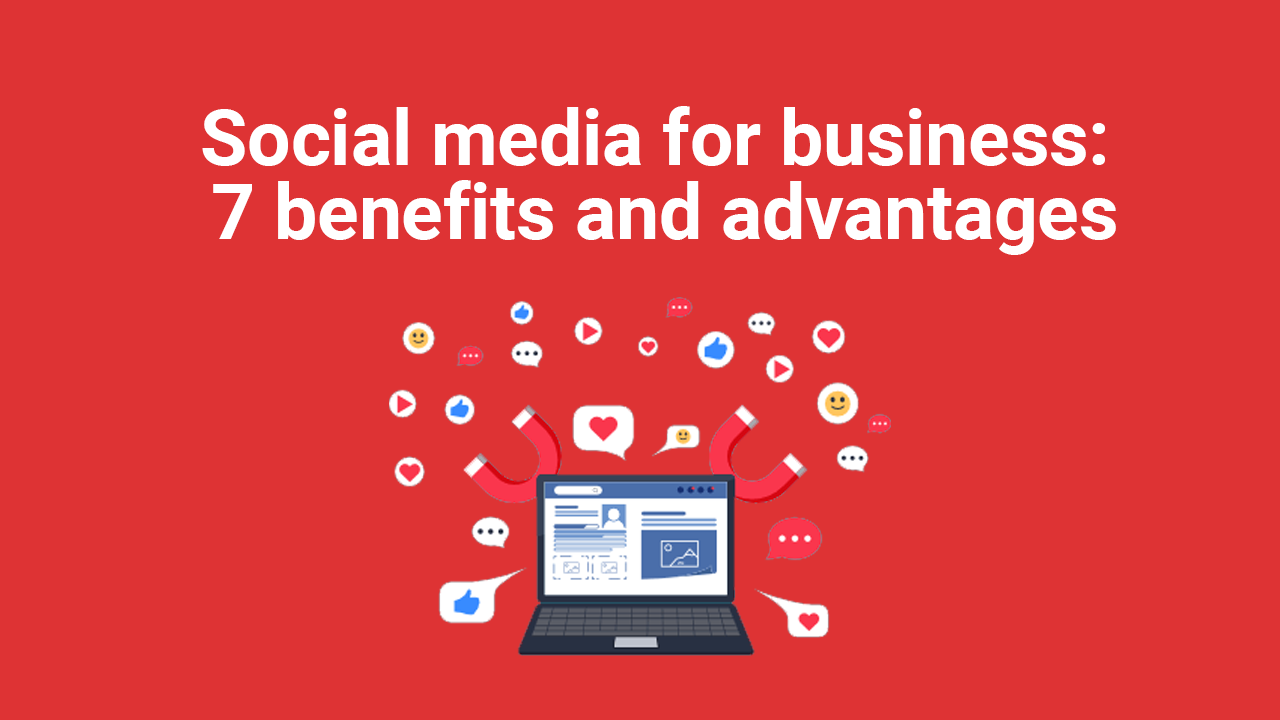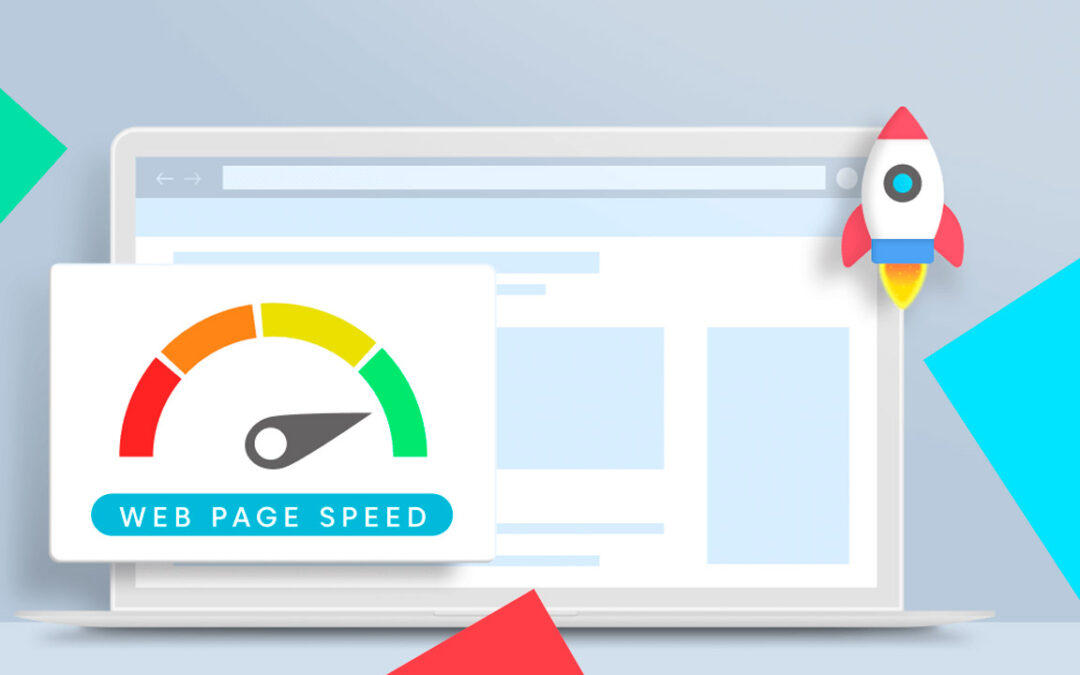What characteristics distinguish a good website? We spoke with website design experts at Tech.co to help answer this question and give you the best chance of success with your own website.
The bottom line is that great websites literally require users to think less. They accomplish this by ensuring that they understand and meet the needs of their users in a clear, simple, and efficient manner.
With this in mind, one of the best pieces of advice is to sketch out your website before you begin creating or updating it. Consider how users will navigate your site, from the homepage to every other page.
Standard principles are also at the heart of good website design. These include ensuring that your site works on computers, mobile phones, and tablets, as well as ensuring the consistency of visual elements such as fonts and images.
Identifying a bad website is simple, but determining what makes a good website can be difficult. While a bad website will have a cluttered layout and low quality information, the essential elements of a good website are more difficult to spot and isolate.
You’ll need the right tool for the job if you want to build your own website. Our expert ratings can be found in our website builder comparison table.
7 Must-Have Features for a Great Website
There is no one-size-fits-all solution for building a great website. However, if you follow these 7 principles when creating your next blog, ecommerce site, portfolio, or business website, you’ll discover that creating a good website is easier than you think.
- Clear purpose – Make sure you know what your site is for, and importantly, not for
- Clear audience – Identify who your site is aimed at. Do you know what your audience looks like? What they enjoy? Do for work? How old they are? What other sites they use? All of this information, and more, is crucial for building the best website.
- Straightforward navigation – Is it easy to work out how you get around your site?
- The right style – Your site should be unique and distinctive, whilst still appealing to your users
- High quality imagery – If your images aren’t good, your site won’t look good, either
- The right fonts – Make sure your font matches the general style, and is legible
- The right words – Your site can look amazing, but if none of the words make sense, design won’t matter
- Fast page speeds – Your visitors (and Google) require fast speeds to keep them engaged
- Sensible sales points – If you’re trying to illicit conversions, you’re going to need a good call-to-action strategy
- Mobile first mindset – The future is now, and the majority of content is consumed on smartphones
- Trust signals – The average website visitor needs to trust you and your brand to move forward in your funnel
1. Specific Purpose
When developing your own website, it is critical that you understand exactly what your site will do. For example, if you want to build a website to sell products, selling products should be your top priority. Every decision you make should be guided by the question, “Will this help users buy my products?”
Snapchat is a great example of a site (well, an app, really) that understood its purpose. Its goal was to facilitate fun, irreverent visual communication between teenagers aged 15 to 20. And, Snapchat’s initial design made it clear that it was intended to allow kids to share photos and videos, with a large, simple camera button for taking your own photos and an easy-to-navigate way to access the content your friends had sent to you.
Then Snapchat became fixated on a new goal: monetizing its platform. It prioritized sponsored content from publishers such as Vice and the Washington Post over user-submitted stories and images. There was an immediate backlash and a drop in its user base that it never recovered from. The moral of the story is that if you want to be successful, you must always remember the primary purpose of your website or web app.
2. Specified Audience
Identifying who will use your site is also essential for creating a good website. If you know who will be visiting your site, reading your blog posts, purchasing your products, or looking through your previous work, you can design the site to suit them.
It’s easier than you think to figure out who your target audience is. Begin with good old-fashioned common sense. For example, if you sell artisan soap, your target audience will not be 15-20 year-olds, as Snapchat’s was. Instead, your target audience could be 30- to 50-year-olds with more disposable income to spend on soap.
One useful tip is to divide your target users into different groups by creating a persona. These are fictitious, generalized people who represent a group of users.
The best way to develop these personas, especially if you’re just starting out, is to conduct market research.
- Look at other websites similar to yours: Is there another soap company you’d like to emulate – Burt’s Bees, for example? If so, find out what kind of people visit Burt’s Bees.
- Survey your users, or target users, to find out who they are and what they’re really like.
- Talk to family and friends about your site, and its competitors, and the impressions they give.
- If you’ve already made some sales, or have an existing readership, then you may have data about your website’s current audience. You can access this through tools like your payment platform, or Google Analytics.
3. Uncomplicated Navigation
Once you’ve determined your site’s purpose and target audience, you can design a site structure and navigation to make it as simple as possible for this audience to navigate (and thus fulfill the site’s purpose).
Remember when we said that the best websites don’t require users to think? The structure of a website plays a significant role in reducing the cognitive effort required to navigate from page A to page B.
Virgin Atlantic is an excellent example of a website with excellent navigation. The route selector appears as soon as the page loads. Once you’ve decided on a route, changing your flight options and booking can be done in as few as 15 clicks. It’s astonishingly simple.
Try canceling your Amazon account instead. There is no way to close your account from the My Account section, or even from the Contact Us pages; the procedure is unclear.
Both are on purpose: Virgin Atlantic wants to make booking flights as simple as possible. Amazon, on the other hand, wants to make it as difficult as possible to close your account. So, when designing your site, make it as simple as possible for users to get to the main parts of the site you want them to see – whether that’s purchasing a product, making an appointment, or sending you an email.
4. Imagery of High Quality
Once you’ve nailed down the overall design of your site, you can move on to the individual design components.
All of the best websites include images, and whether they are used to showcase products for sale, create a certain mood, or illustrate something else, they must be of high quality.
A website that has blurry images or relies too heavily on joyless stock images will appear amateurish. Instead, choose a style and stick to it. Examine the images on Apple’s website. They are all clear images that reflect the brand and are aimed at users of that particular product.
For example, the MacBook Air’s page features images on a light-colored background to emphasize the device’s portability and lightness. The Mac Mini, on the other hand, uses darker, moodier images to emphasize that it is a powerful professional device.
You’ll also want to know the best practices for making your website accessible to those with vision impairments, such as using alt tags and using strong color contrasts.
5. Choosing the Correct Fonts
A typeface may appear to be insignificant. However, because users spend the majority of their time on a website reading (or at least scanning) text, it is an essential component of the website you wish to create.
Wired and the Guardian, for example, both use serif fonts (the ones with the little lines at the end of each letter) to emphasize that they are serious publishing companies with a well-established presence and journalistic weight. Wired, on the other hand, abandons serif fonts in its headings and standfirsts. Why? To make the greatest possible impression on the page. Sans-serif fonts are usually more eye-catching and easier to read.
The Verge, on the other hand, uses only sans-serif fonts. This is most likely due to the fact that it publishes a wide range of stories – from sub-300 word news articles to 2,000+ word long reads – and requires a font that works for all of them. Sans-serif fonts also appear more contemporary, with cleaner, less cluttered designs.
When creating your website, you should experiment with different font styles to find the one that works best for you. Always keep your site’s purpose and users in mind. For brand names, unusual, heavily stylized fonts are fine, but long paragraphs of text in cursive style fonts are not.
6. The Appropriate Words
So you’ve chosen your design, organized your images, and found the perfect font (or fonts). You must now populate your website with the appropriate words.
Once again, users and purpose should be at the forefront of any copy you write for your website. You should ensure that it is engaging, easy to read, and has a consistent tone. Your users will be confused and turned off if one page on your website is written in the style of a Buzzfeed listicle and the next page is written in the style of a legal contract.
Make sure your copy is concise and easy to understand. If you’re selling a product, make sure your customers have all the information they need. If you’re trying to get customers for your business, consider getting testimonials from previous customers and being clear about the services you offer.
Whatever you’re doing, your copy should point users to an action without being overbearing – whether that’s purchasing a product, scheduling an appointment, or enquiring about a service.
7. Quick page load times
It may appear insignificant, but every second counts when it comes to page speed and visitor retention. There are literally dozens of statistics that show customers will leave and never return to your site if there is even a few seconds of delay.
Don’t believe us? Here’s a mountain of data to persuade you that page speed should be a top priority for your website.
- After 4 seconds, 1 in 4 visitors abandon a website.
- 46 percent of visitors will never return to a slow website.
When the page load time is increased from one to three seconds, the bounce rate increases by 32%.
Doesn’t that sound serious? To make matters worse, studies show that a simple 1 second delay on your website results in 16% less customer satisfaction, 11% fewer page views, and 7% fewer conversions.
It isn’t just about the customers. When it comes to SEO, Google considers page speeds, which means you must have a fast website in order to rank in search results. Fortunately, Google provides a great speed test to help you figure out how you’re doing.
8. Reasonable selling points
The importance of sensible sale points cannot be overstated if you’re using your content to drive conversions. After all, you’re attempting to entice potential customers to begin the journey to a purchase, and the only way to do so is with a call-to-action (CTA) that not only makes sense, but is also appealing.
Not convinced of the effectiveness of a good CTA? Many businesses’ optimization efforts have yielded very positive results, with companies such as SAP and Performable reporting 20 percent to 35 percent conversion rate increases from something as simple as a color change.
So, how can you boost your sales? The truth is that you must determine this for your specific brand, and the best way to do so is through testing. Collect data, experiment with different strategies, and determine what the most effective sales points are going forward.
9. Mobile first mentality
In the year 2021, smartphones are used for everything from payment to entertainment. As a result, your website must be accessible and well-designed for mobile use; otherwise, you’ll have a difficult time attracting visitors, let alone converting them.
In fact, 61% of consumers say they’d be more likely to purchase from a website if it was mobile-friendly. This means that the vast majority of users want to make purchases on their smartphone but are put off by issues such as security concerns, poorly designed websites, and clumsy detail-input systems.
Again, it’s not just about the customer experience. When it comes to search rankings, Google considers a website’s mobile functionality. And, with Google accounting for 96 percent of mobile searches, it’s safe to say that’s an important avenue to secure.
10. Trust indicators
It’s a tall order to ask someone to buy something from your website. Yes, people do it all the time, but if they have no reason to trust you, it will be nearly impossible to convert them.
This is where trust indicators come into play. They are a method of establishing your website and business as a reliable source of content and a secure point of sale. There are numerous ways to demonstrate to your customers that you genuinely care, ranging from about us pages and author bios to contact information and support options.
After all, if you’re concealing something, it’ll be clear that you can’t be trusted with a customer’s credit card information.
Hire us today and get a professional website.
If all of the above sounds complicated, it is best to leave your website in the hands of professionals; contact us today for a free quote.












0 Comments